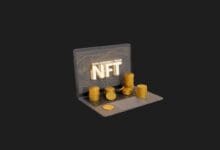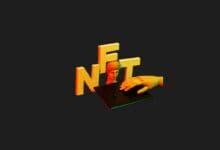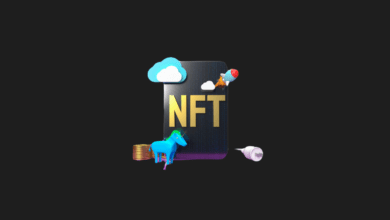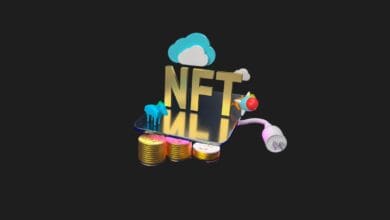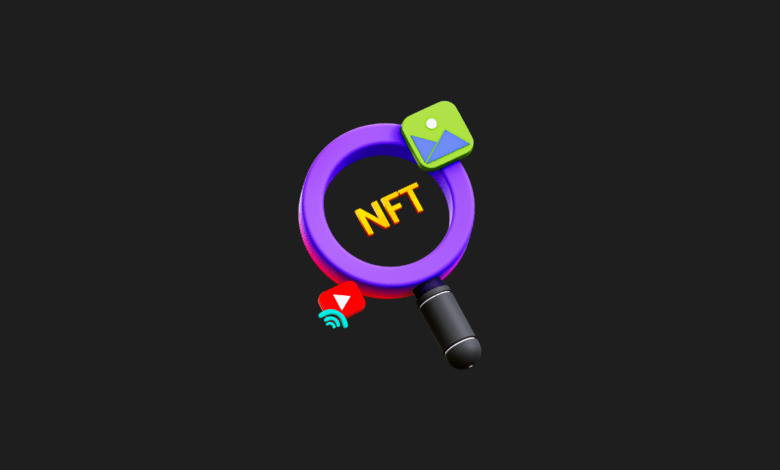
NFT Dictionary
In our NFT Dictionary content, we aim to demystify the latest terms associated with NFTs. Previously, we’ve published a Crypto Dictionary. You can refer to it to understand the terminology related to cryptocurrencies.
1:1 Art

1:1 art, or “one-of-a-kind art,” refers to the creation and sale of digital artworks in a uniquely individual form. This concept is often associated with blockchain technology and NFTs (Non-Fungible Tokens). Each 1:1 art piece is a unique digital asset, distinguishable from others by its singular characteristics and ownership tracked on a blockchain. This uniqueness allows artists to offer original, exclusive digital art, contrasting with traditional mass-produced digital copies.
1/1 of X

“1/1 of X” in the context of digital art and NFTs (Non-Fungible Tokens) refers to a unique piece within a limited series. For instance, if an artist creates a series titled “X” with multiple artworks, each piece would be distinct and separately numbered. “1/1 of X” means that particular artwork is the only one of its kind in that series.
This notation highlights the exclusivity and uniqueness of the piece, distinguishing it from others in the series or collection. It’s a common practice in the NFT space to denote rarity and originality.
EU:
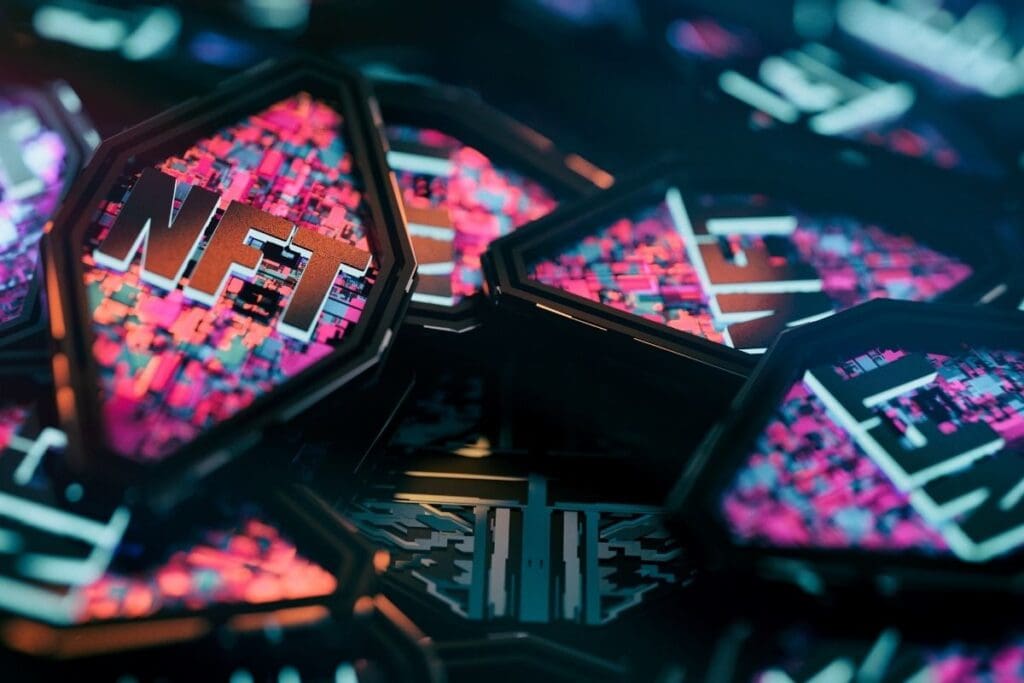
NFT EU likely refers to Non-Fungible Tokens within the context of the European Union. NFTs are unique digital assets verified using blockchain technology, which ensures their authenticity and ownership.
In the EU, the discussion and regulation around NFTs are evolving, focusing on legal, economic, and security aspects. This includes considering how NFTs fit into existing EU laws on digital assets, intellectual property rights, and consumer protection. The EU’s approach to NFTs reflects its broader stance on digital innovation, blockchain technologies, and the digital market.
BUT
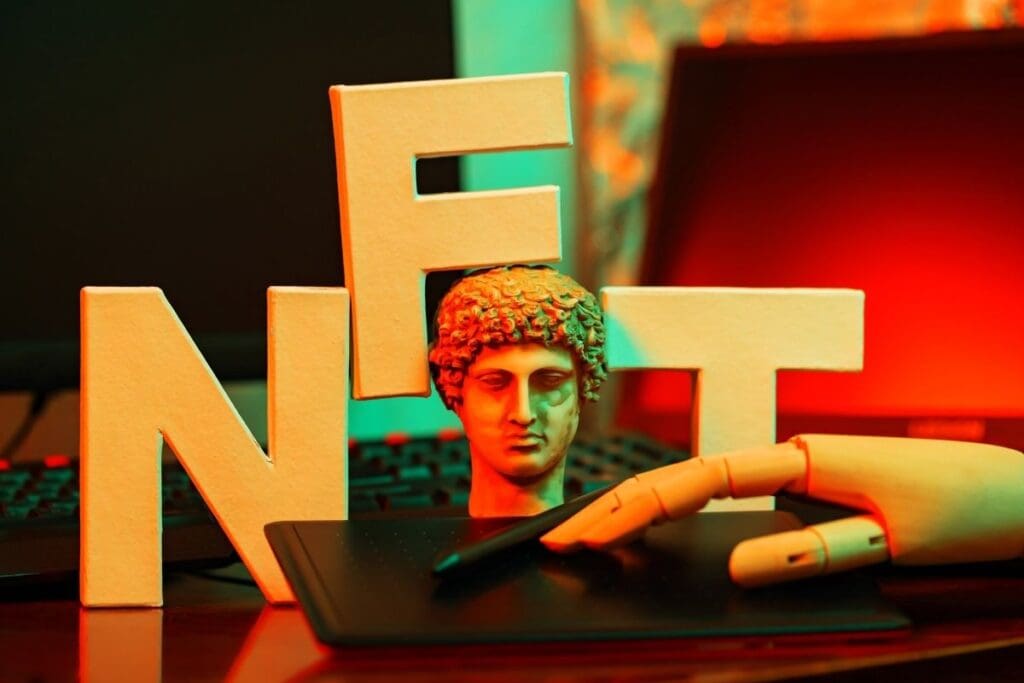
“NFT but” is not a standard term within the context of NFTs (Non-Fungible Tokens). It could be a typo or misunderstanding. Generally, an NFT is a unique digital asset verified using blockchain technology, representing ownership of a specific item or piece of content, such as artwork, music, or collectibles.
If “NFT but” is intended to contrast or compare something to NFTs, additional context would be needed to provide a precise explanation. For example, it could be used in a sentence like “It’s like an NFT but without blockchain,” which would imply a digital asset lacking the decentralized verification characteristic of NFTs.
ape in
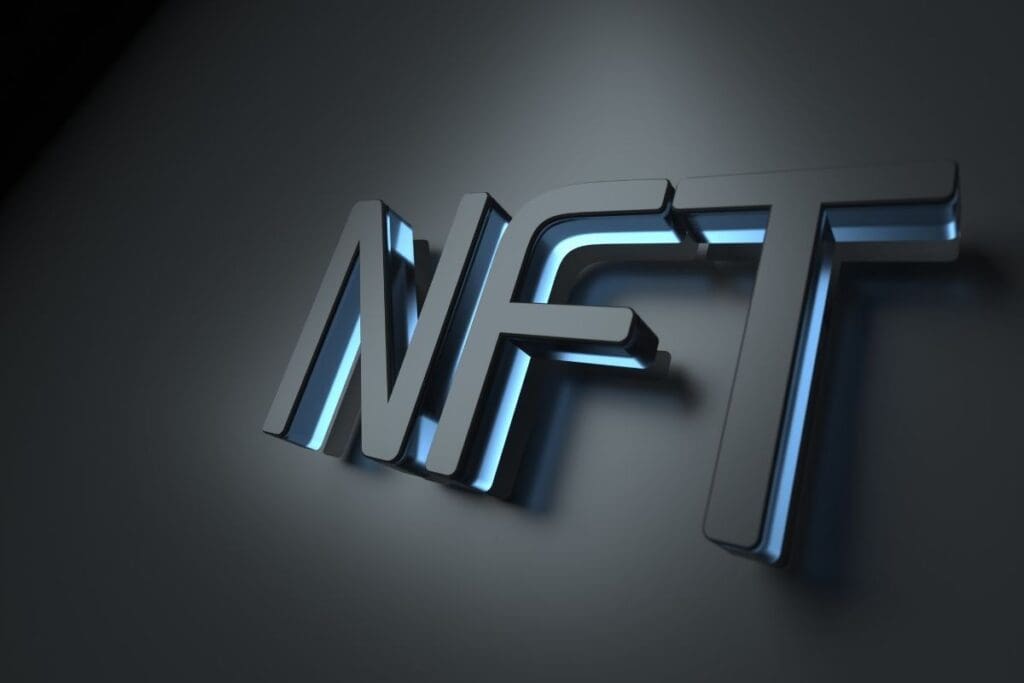
“NFT Ape In” is a phrase commonly used in the NFT (Non-Fungible Token) community. It generally refers to the act of investing heavily or quickly into NFTs, particularly in popular or trending collections. The term “ape in” is a colloquial expression borrowed from cryptocurrency and stock trading, where it signifies entering a market with significant investment without much deliberation or research.
In the context of NFTs, it often implies buying into a project or collection rapidly, usually driven by hype or fear of missing out. This behavior is common in the NFT space where certain collections, like those featuring apes or other animals, gain rapid popularity and value.
aped
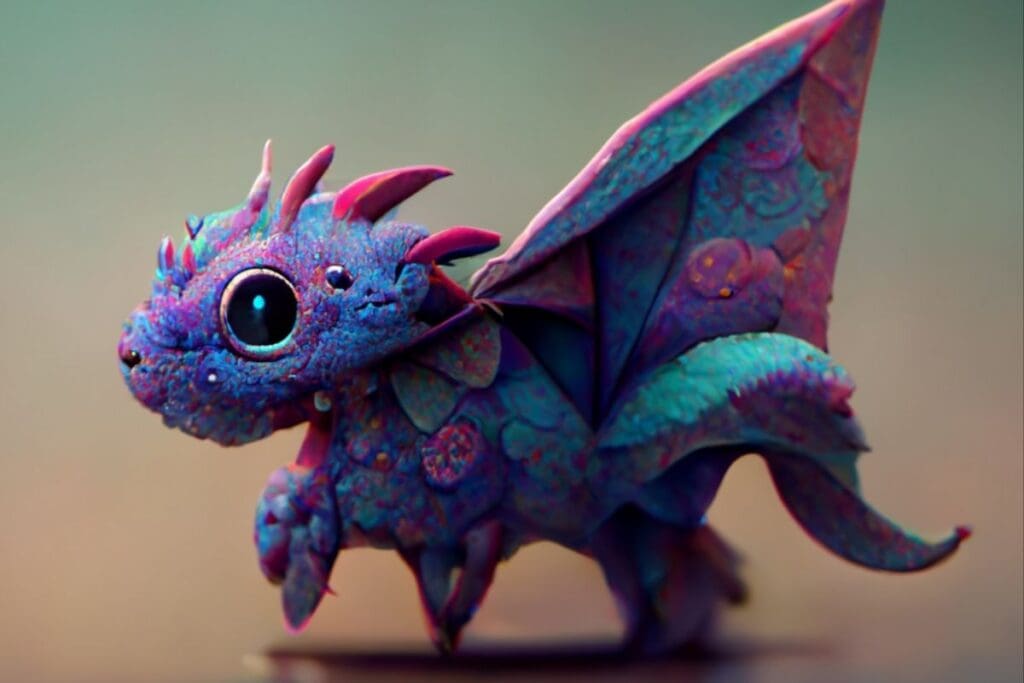
“Aped” in the context of cryptocurrencies and NFTs (Non-Fungible Tokens) refers to the act of impulsively or hastily investing in a digital asset, often without thorough research or consideration.
It derives from the term “ape,” which is slang in the crypto community for someone who makes large, risky investments based on hype or speculation. When someone says they have “aped into” an investment, it means they have quickly committed a significant amount of money or resources to it, usually in the hope of quick returns, influenced by the fear of missing out (FOMO) on potential gains.
apeing
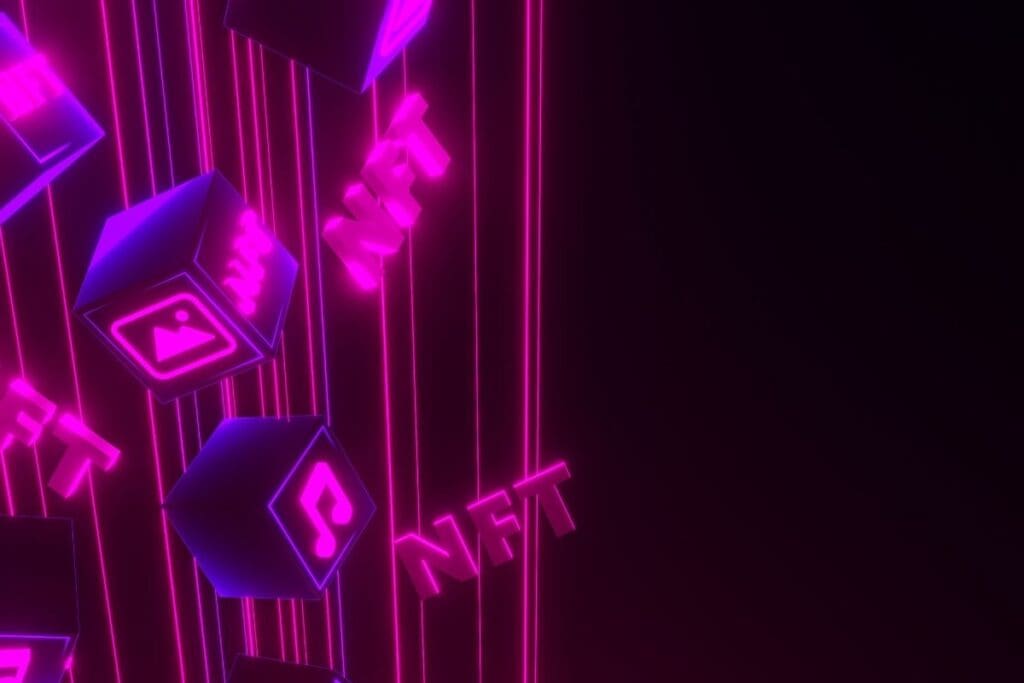
It is used for projects where a high amount is purchased according to your own budget, without any feasibility or preliminary research, and in a sense, with the fear of missing the opportunity
. You can also associate it with the famous ape NFT series. You can also interpret it through the meanings of ‘monkey’ or ‘imitator’. It actually emphasizes the mood of behaving with the trend,
and doing it technically and behaviorally like a monkey or an imitator.
BTD / BTFD
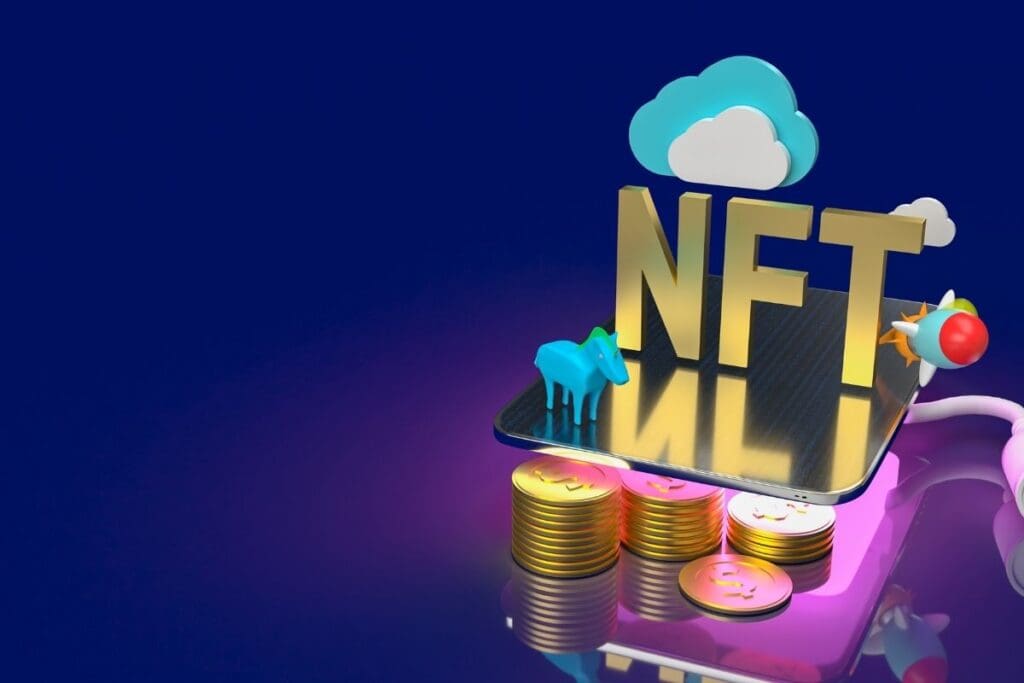
“BTD” and “BTFD” are acronyms commonly used in the context of investing, including in the NFT (Non-Fungible Token) market.
- “BTD” stands for “Buy The Dip.” This is a strategy where investors buy an asset after its price has dropped, anticipating a price rebound and a profitable opportunity. In the NFT market, this can mean purchasing NFTs when their prices have fallen, with the expectation that their value will increase again.
- “BTFD” stands for “Buy The F***ing Dip.” This is a more emphatic version of “BTD.” It implies an aggressive investment strategy of purchasing assets during significant price declines. The term is often used in a more informal or colloquial context and indicates a high level of confidence (or sometimes impulsiveness) in the decision to buy during a downturn.
burn
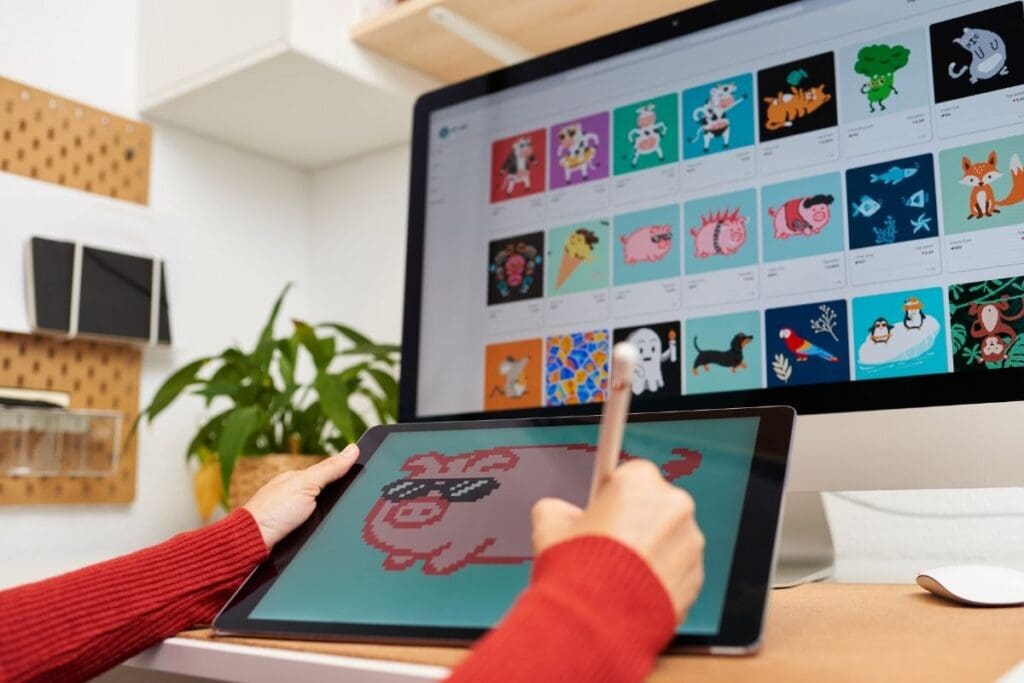
“NFT burn” refers to the process of permanently removing a Non-Fungible Token (NFT) from circulation. This is achieved by sending the NFT to a blockchain address that is inaccessible, effectively destroying the token.
The purpose of burning NFTs can vary: it might be used to reduce the total supply of a certain collection (thus potentially increasing rarity and value of the remaining items), to correct mistakes, or as part of a project’s mechanism (like evolving or upgrading NFTs). Once an NFT is burned, it cannot be recovered, making the action irreversible. This process is a unique aspect of digital asset management made possible by blockchain technology.
Buying on secondary
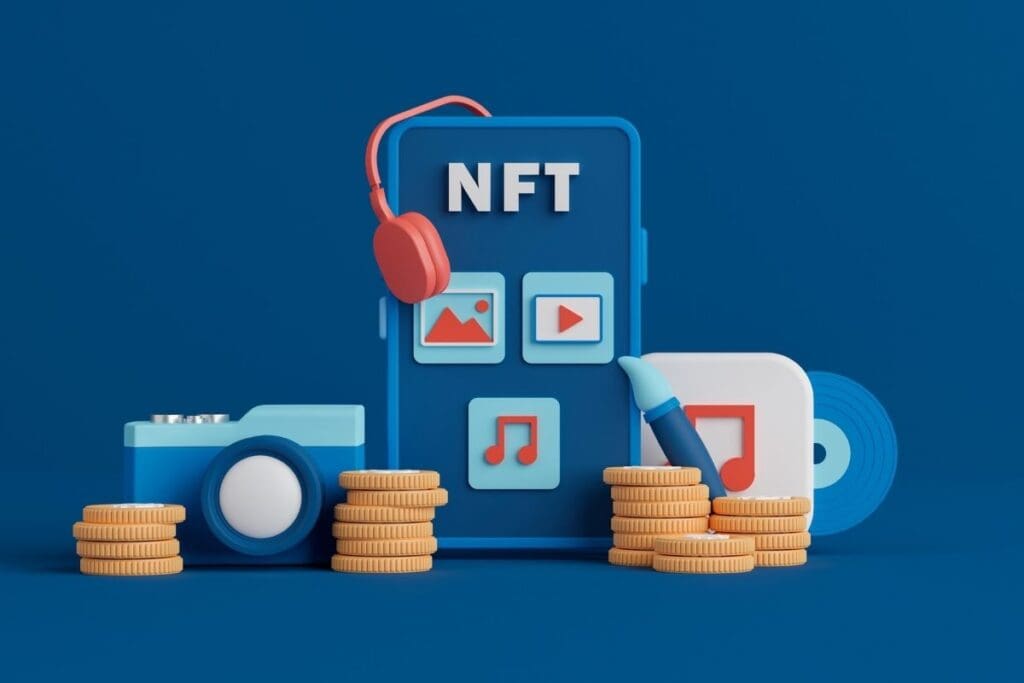
“Buying on secondary” in the context of NFTs (Non-Fungible Tokens) refers to purchasing an NFT from a secondary market, as opposed to buying it directly from the original issuer or creator. The secondary market consists of transactions between users who are buying and selling NFTs after the initial sale. This can include platforms like OpenSea, Rarible, or other NFT marketplaces.
In the primary market, NFTs are sold for the first time, usually by the creator or a launching platform. Once these NFTs are purchased, they can then be resold by their new owners on the secondary market. Prices on the secondary market can vary greatly based on demand, rarity, and perceived value, and can be higher or lower than the original sale price. Buying on the secondary market is a common way for collectors and investors to acquire NFTs that are no longer available on the primary market.
COPE
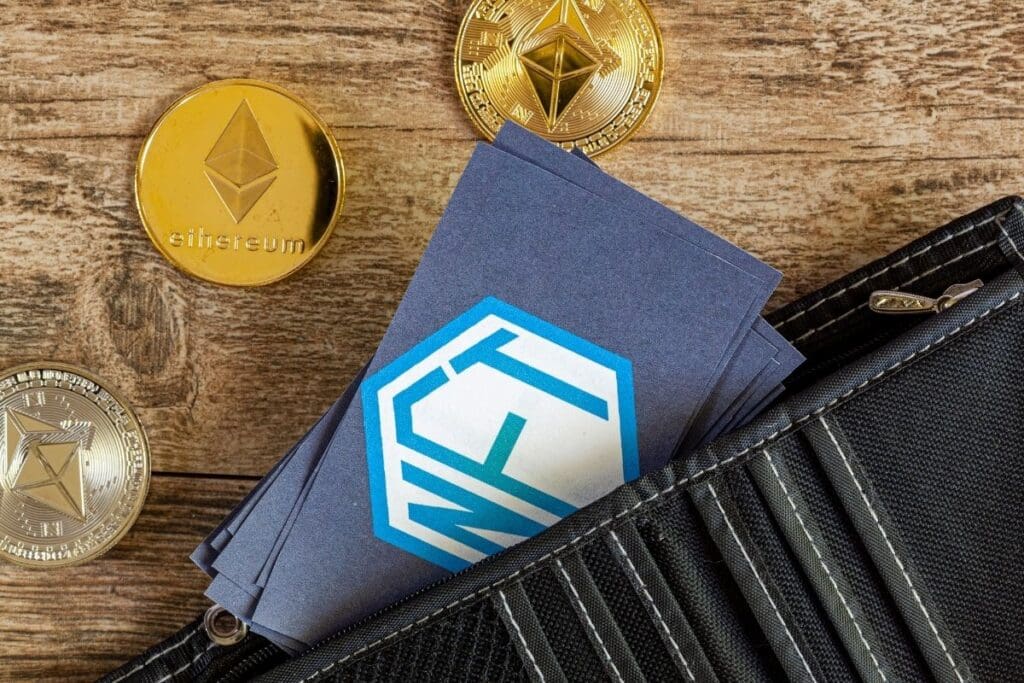
In the context of NFTs (Non-Fungible Tokens), “COPE” is a term often used to describe a state of mind or reaction when dealing with a loss or missed opportunity in the NFT market. It’s an expression typically employed when someone has made a not-so-profitable investment or missed out on a profitable one, and is trying to mentally justify or ‘cope’ with their decision or the outcome. Essentially, it’s a way of dealing with the volatility and uncertainties inherent in the NFT market.
Copy Cat
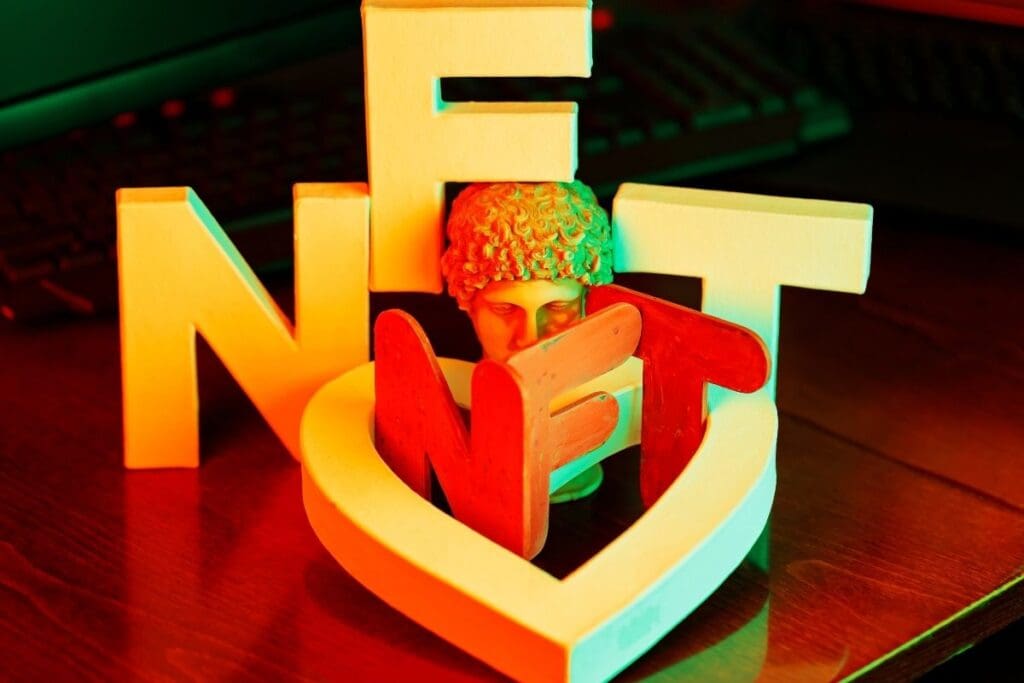
In the NFT (Non-Fungible Token) space, “Copy Cat” refers to projects or individuals that imitate or replicate the ideas, designs, or concepts of other, often more popular, NFT projects. These copycats might create NFTs that closely resemble the artwork or style of well-known NFT collections, attempting to capitalize on the success and recognition of the original creations without introducing originality or innovation. This term is generally used in a negative context, highlighting a lack of authenticity and creativity in the burgeoning NFT market.
said
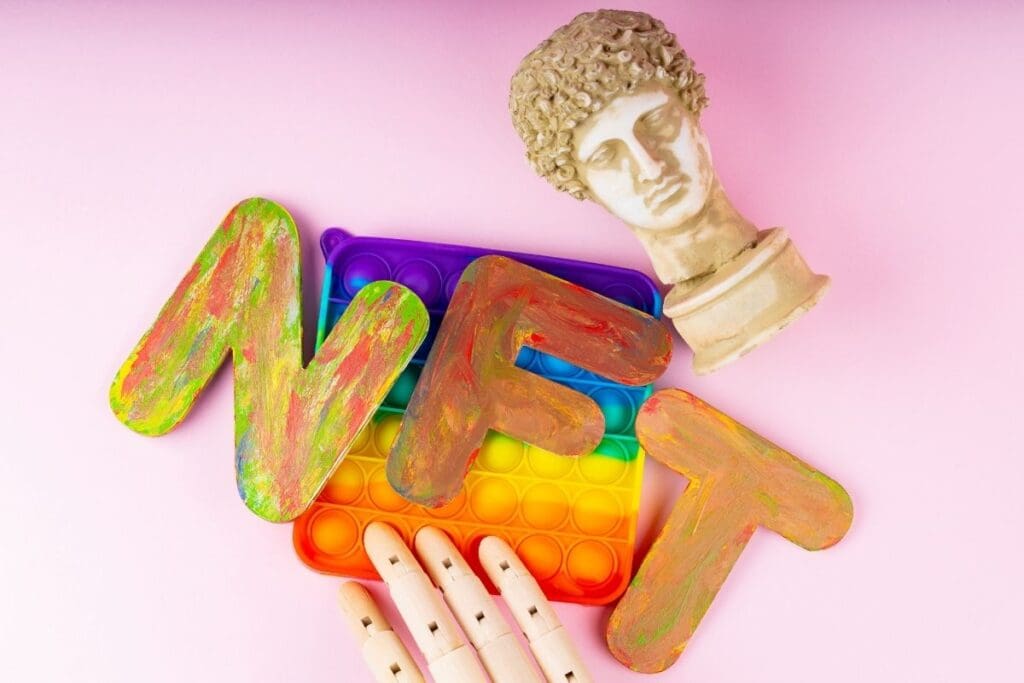
I’m not aware of a specific term “NFT said” in the context of Non-Fungible Tokens (NFTs). It’s possible that this might be a typo or a misunderstanding. NFTs are unique digital assets verified using blockchain technology, representing ownership of a specific item or piece of content like artwork, music, or digital collectibles.
If “NFT said” is part of a larger phrase or context, please provide more details for a more accurate explanation. For example, it could be part of a statement or a name of a specific NFT project, but without additional context, it’s challenging to provide a precise explanation.
DAO
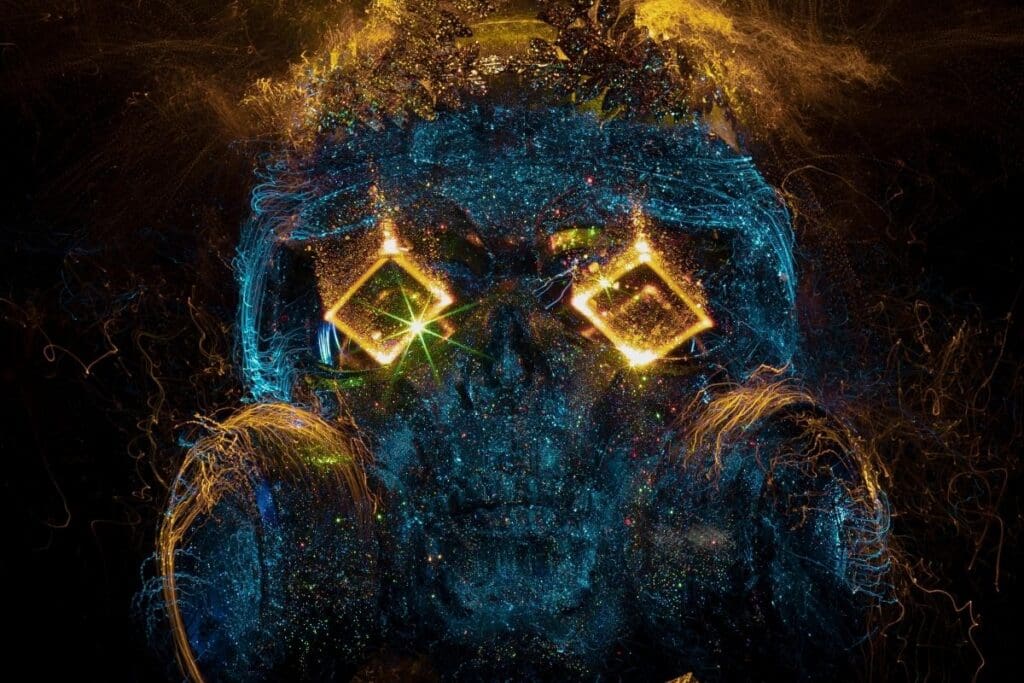
Decentralized Autonomous Organizations (DAOs) are governed not by a single individual or entity but through a collective decision-making process. The foundational rules and operational protocols of each DAO are embedded within smart contracts on a blockchain, ensuring transparency and immutability. These rules cannot be altered unless a consensus is reached among the DAO members through voting.
Increasingly, new projects related to NFTs (Non-Fungible Tokens) and the Metaverse are leveraging DAOs to manage their treasuries. The funds in these treasuries are typically amassed from the sales of NFTs. DAO members, who are often also NFT owners, share in the treasury and have a say in the future direction of the project.
They possess the authority to decide on the utilization of these funds. An illustrative example of this model is the Decentraland DAO, where the community actively participates in the governance and decision-making processes.
degen
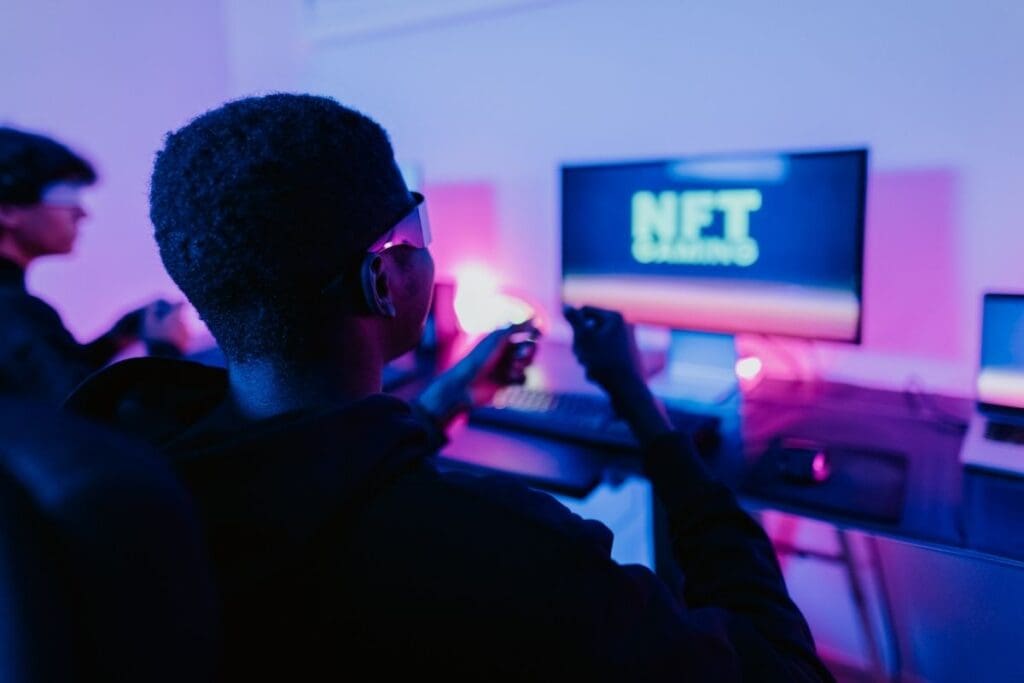
“NFT Degen” is a slang term used within the cryptocurrency and NFT (Non-Fungible Token) communities. “Degen” is short for “degenerate” and is often used to describe someone who engages in high-risk, speculative investments, especially in the fast-paced and volatile world of cryptocurrencies and NFTs.
An NFT Degen is typically someone who frequently buys and sells NFTs, often chasing quick profits and investing in new, unproven projects with the hope of high returns. This behavior is characterized by a high tolerance for risk, a focus on short-term gains, and often a significant level of activity in the market.
The term can have both negative and playful connotations, sometimes celebrating the risk-taking behavior while also acknowledging its speculative nature.
delist
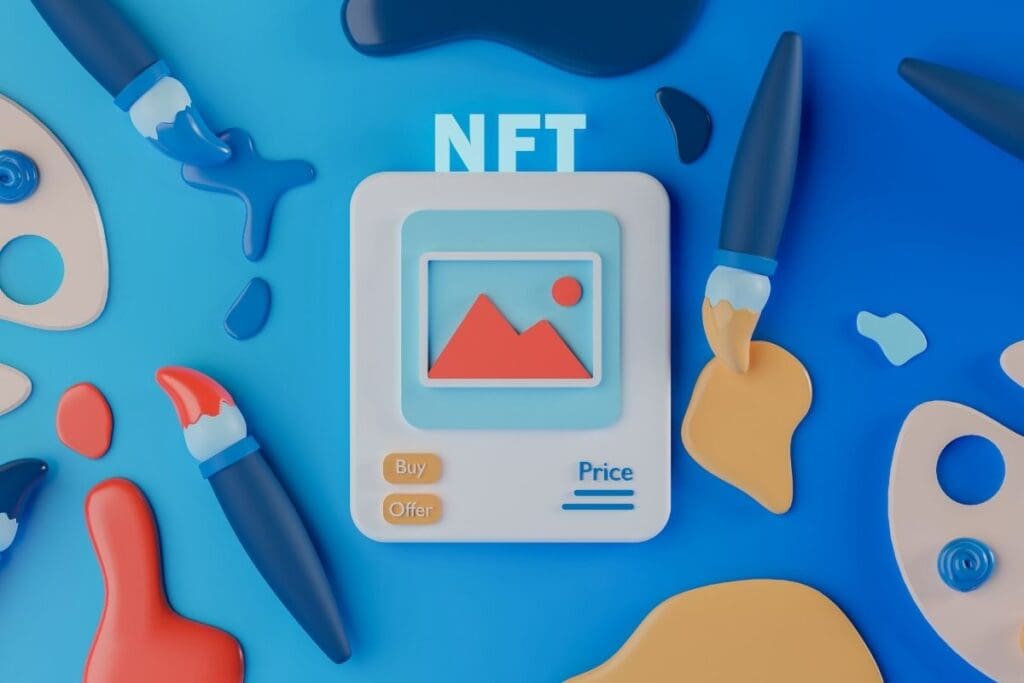
In the context of NFTs (Non-Fungible Tokens), “delist” refers to the action of removing an NFT from being listed for sale on a marketplace. When an NFT is delisted, it is no longer available for purchase by others on that particular platform.
This can happen for various reasons, such as the seller deciding not to sell the NFT anymore, adjusting the price, or transferring it to a different marketplace. Delisting is a common practice in NFT trading and can be part of strategic pricing or selling approaches by creators and collectors.
giants

I apologize, but I encountered technical difficulties while attempting to access the sources for information about “NFT Giants.” As a result, I couldn’t find a specific definition or explanation for this term.
If you have additional context or details about “NFT Giants,” please provide them, and I’ll do my best to assist you further.
Diamond hands
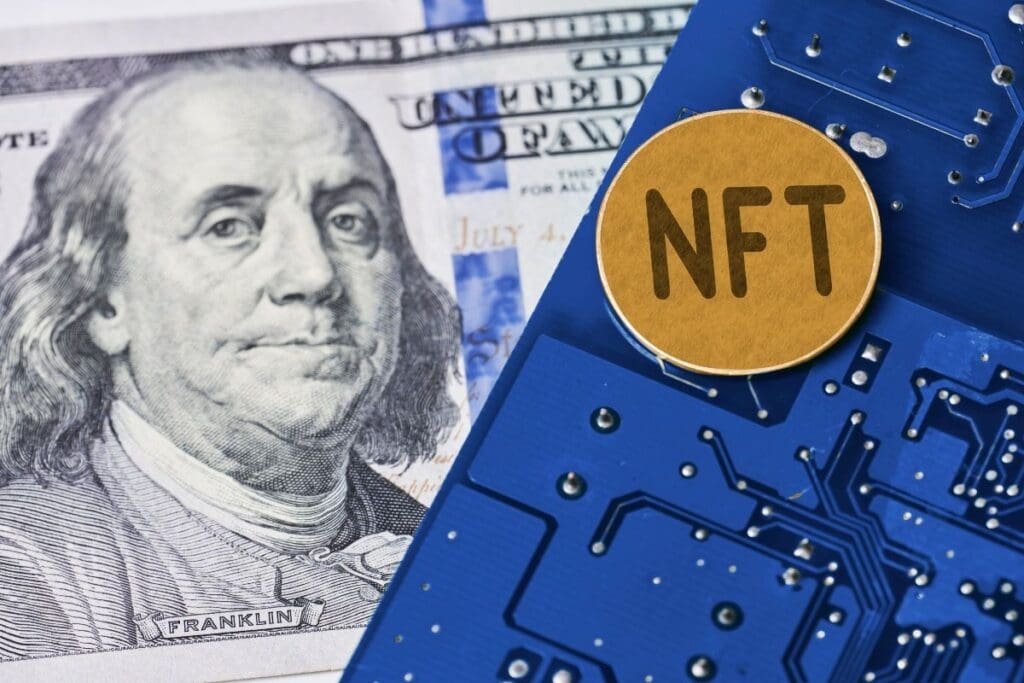
This term is employed in specific situations to describe individuals who steadfastly retain ownership of their assets, refusing to sell them despite various challenges. It’s a jargon that often comes with its own emoji and serves as a central theme in many NFT projects. It can be used both as an adjective and a verb. While I understand your hesitation to directly translate it as ‘diamond hands,’ I believe the concept of ‘diamond head,’ referring to a volcano in Hawaii, can be a fitting analogy in our language.
For those who hold onto their cryptocurrency or NFT investments without succumbing to the negative news, market manipulations, price fluctuations, and adverse market trends, they eventually witness the assets’ substantial increase in value due to their long-term commitment. In practice, you may frequently encounter it used as a verb. Consider this example: Some individuals with diamond hands haven’t sold their CryptoPunks since 2027, demonstrating their unwavering commitment to their investments.
Discord

“NFT Discord” likely refers to a Discord server or community dedicated to discussions and activities related to NFTs (Non-Fungible Tokens).
Discord is a popular communication platform that hosts servers (or communities) where people with similar interests can chat, share information, and collaborate. In the context of NFTs, an “NFT Discord” could be a place where collectors, artists, and enthusiasts come together to:
Dutch Auction
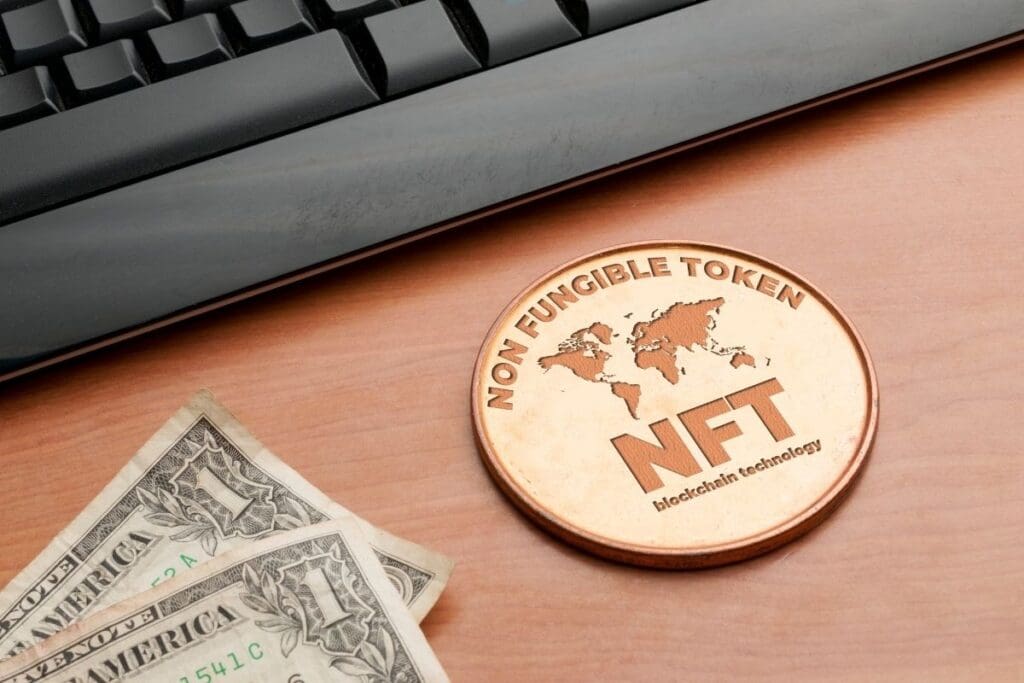
NFT Dutch Auction is a method for conducting the sale of an NFT (Non-Fungible Token). In this approach, an initial price is set, and that price gradually decreases over time. Potential buyers wait for the price to drop to a level they find suitable and then place their bids. The first bidder or the one who accepts the lowest price acquires the NFT.
This method allows buyers to monitor the value of the NFT and wait for the right moment to make a purchase. NFT Dutch Auction offers a different approach compared to traditional auctions and has become a popular sales method in the NFT market.
DYOR

“NFT DYOR” is an abbreviation for “Do Your Own Research” in English. This term is used, especially in the cryptocurrency and NFT (Non-Fungible Token) spaces, to encourage users to conduct independent research and gather information before making an investment. NFT DYOR is important to understand potential risks and make informed investment decisions.
flipping
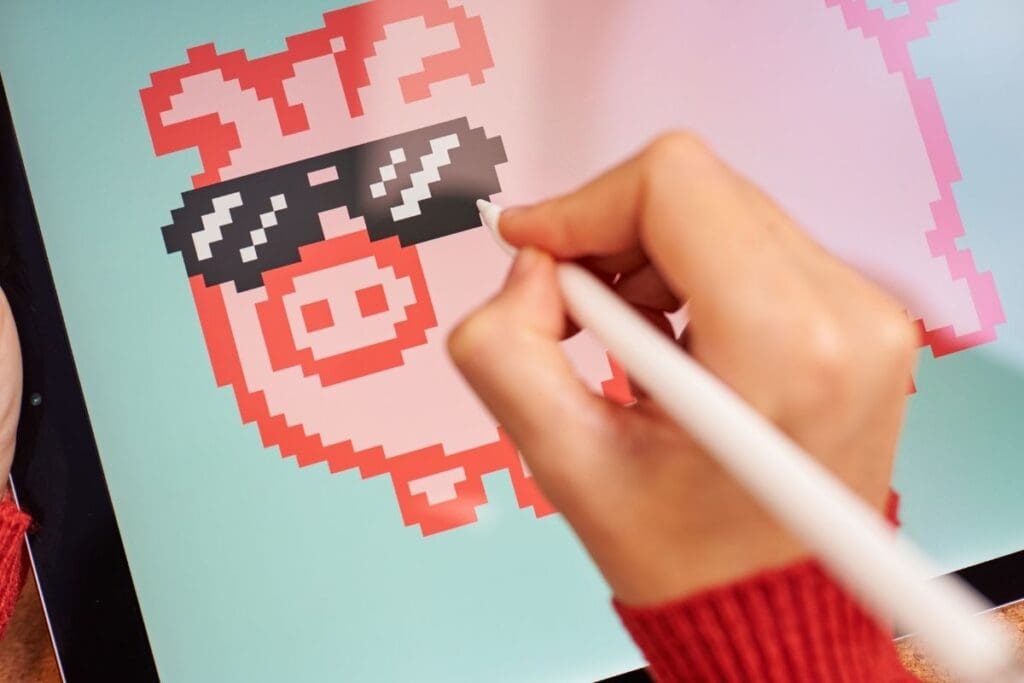
“NFT flipping” is the practice of purchasing an NFT (Non-Fungible Token) with the intention of reselling it at a higher price within a short period. It is a trading strategy aimed at profiting from the NFT market. With this strategy, individuals buy an NFT at a lower price and aim to sell it at a higher price when demand increases or its value rises.
floor
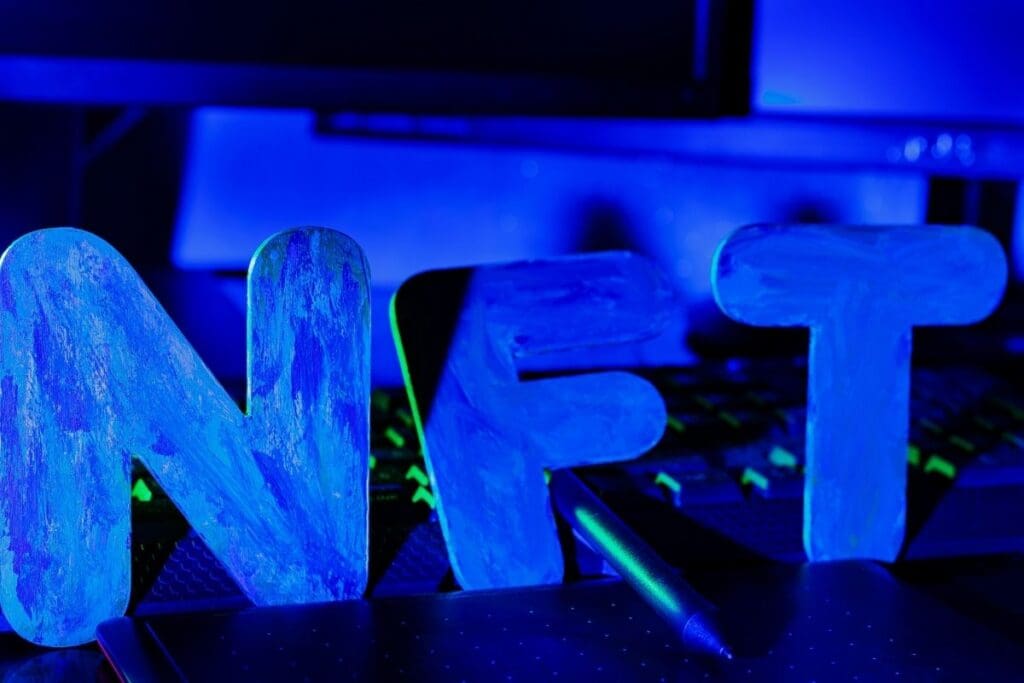
“NFT floor” is expressed as “NFT floor” in English. This term represents the lowest-priced NFT (Non-Fungible Token) in the NFT market.
The lowest-priced or the lowest-bid NFT in a collection is referred to as the “NFT floor.” While other NFTs within the collection are typically sold at higher prices, the “NFT floor” often represents the entry-level or most accessible point within the collection.
floor is lava
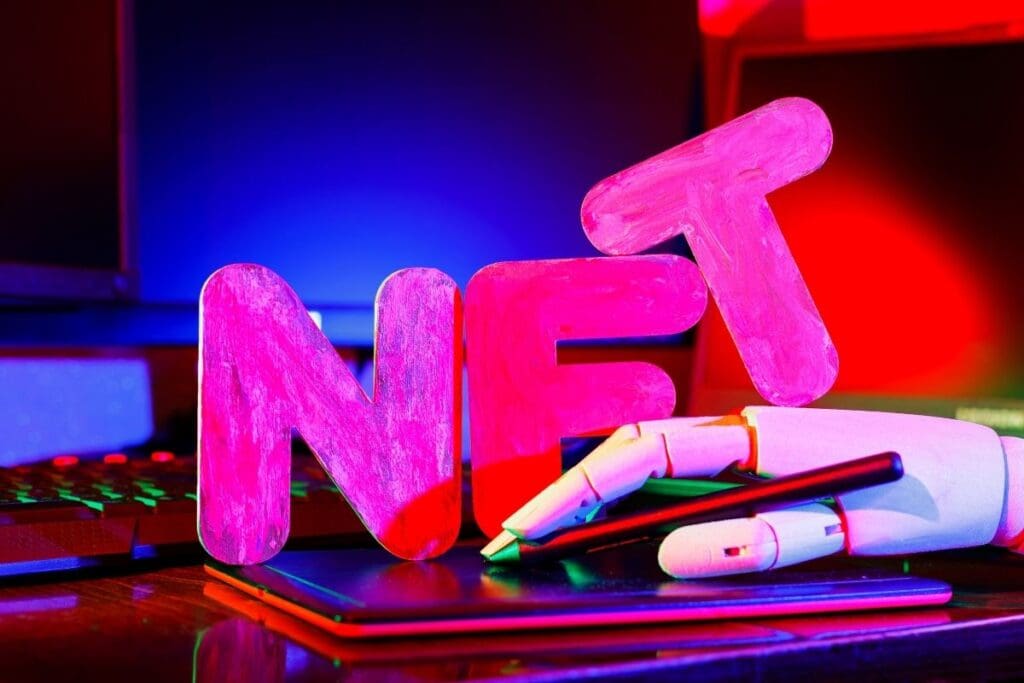
“NFT Floor Is Lava” is not a standard term or concept related to NFTs. It appears to be a playful or creative variation that combines the idea of “floor is lava,” a popular childhood game where players pretend the floor is made of lava and must avoid touching it, with the world of NFTs.
It’s possible that someone has used this phrase in a creative or metaphorical way to describe a specific NFT collection or project, but it’s not a widely recognized term within the NFT space as of my last knowledge update in January 2022. If there have been new developments or trends in the NFT world since then, I may not be aware of them.
floor sweeping

In the context of NFTs (Non-Fungible Tokens) and digital collectibles, “floor sweeping” refers to a strategy used by collectors or traders to find and purchase NFTs from the “floor” or the lowest listed prices in a particular collection or marketplace. This strategy involves searching for undervalued or underpriced NFTs that are available for sale at relatively low prices compared to other similar items in the same collection.
Floor sweeping can be a way for collectors and traders to potentially acquire valuable NFTs at a lower cost and take advantage of price discrepancies within a specific NFT marketplace. It’s similar to bargain hunting in traditional markets, where individuals look for items being sold at a discount.
FOMO

“NFT FOMO” refers to the fear of missing out (FOMO) specifically related to NFTs (Non-Fungible Tokens). FOMO is a common psychological phenomenon where individuals feel anxiety or pressure because they believe others are benefiting from an opportunity and they might miss out on it. In the context of NFTs, NFT FOMO occurs when people are worried about not participating in or investing in NFT projects, collections, or drops that they believe will become valuable or popular in the future.
NFT FOMO can drive people to rush into NFT purchases, invest significant sums of money, or participate in NFT-related activities because they are afraid of missing out on potential gains or opportunities. It is important for individuals to exercise caution and conduct thorough research before engaging in NFT-related activities to avoid making impulsive decisions driven solely by FOMO.
Fractional ownership

Fractional ownership refers to a situation in which multiple individuals or entities jointly own an asset or property. Instead of one person or organization owning the entire asset, ownership is divided into fractions or shares, with each shareholder holding a portion of the asset’s value and rights.
Fractional ownership can apply to various types of assets, including real estate, art, collectibles, businesses, and even digital assets like NFTs (Non-Fungible Tokens). This concept allows individuals to invest in high-value assets that they might not be able to afford on their own. It can also make it easier for multiple parties to share the costs, responsibilities, and benefits associated with the ownership of the asset.
In the context of NFTs, fractional ownership allows multiple people to collectively own a digital collectible or artwork, with each owner holding a share of the NFT’s value and potentially having a say in its use or future sale. Smart contracts and blockchain technology often facilitate the management of fractional ownership, ensuring that ownership shares are transparent and verifiable on a blockchain ledger.
Brake
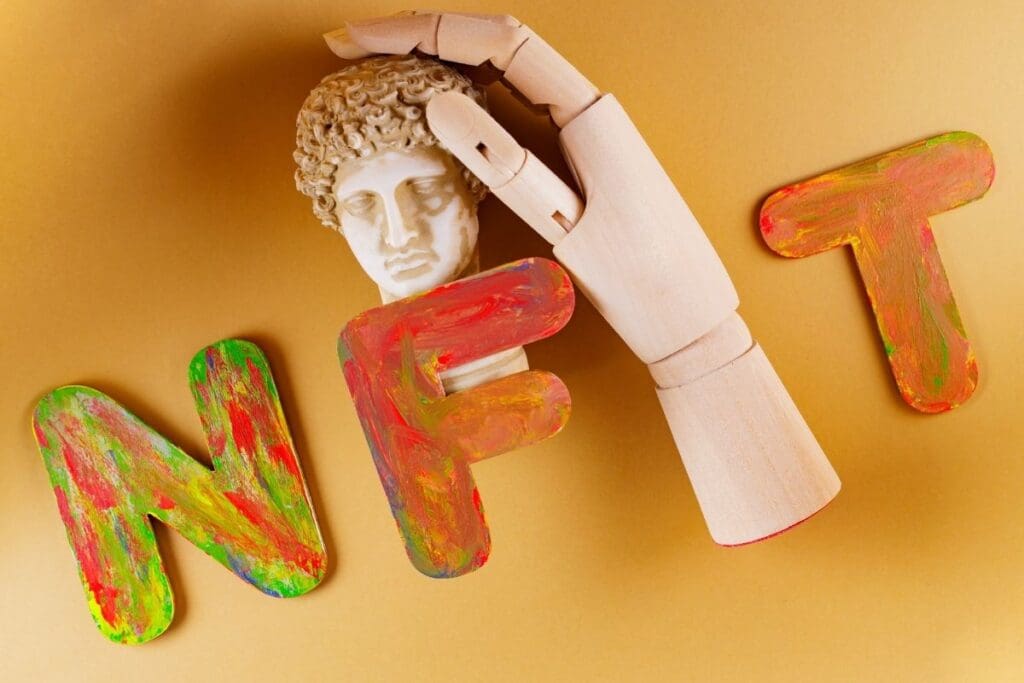
“Brake” typically refers to a device or system used in vehicles to slow down or stop their motion. Brakes are an essential safety feature in automobiles and many other types of machinery and equipment.
They work by creating friction or resistance against the motion of a vehicle’s wheels or moving parts, which in turn reduces speed or brings the vehicle to a complete stop.
FUD

“NFT FUD” is the abbreviation for “Non-Fungible Token Fear, Uncertainty, and Doubt.” This term refers to the spreading of negative or misleading information related to NFTs and the NFT market. Such FUD can include concerns about the environmental impact of NFTs, questions about the long-term value of NFTs, or criticisms of NFTs as a speculative bubble.
Like in other areas of the cryptocurrency and blockchain space, FUD can sometimes be used to manipulate markets or sway public opinion. It’s important for individuals interested in NFTs to conduct their own research and critically evaluate information to make informed decisions.
gas fee

“Gas fee” is a term commonly used in the context of blockchain and cryptocurrencies, particularly in Ethereum. It refers to the fee that users have to pay to complete a transaction or execute a smart contract on the blockchain.
This fee is called “gas” because it’s akin to the fuel needed to power actions on the network. The amount of gas required and the associated fee can vary depending on the complexity of the transaction or contract and the current network congestion. Users pay gas fees to incentivize miners or validators to include their transactions in the blockchain, making it an essential component of blockchain operations.
Gas or Gas Wars

It is used to describe the increase in gas prices. High transaction density can lead to higher gas prices. “Gas wars” start with rising transaction fees, but this war is usually short-lived. There will be users who try to take action in this process that will cause trouble.
Generative Art
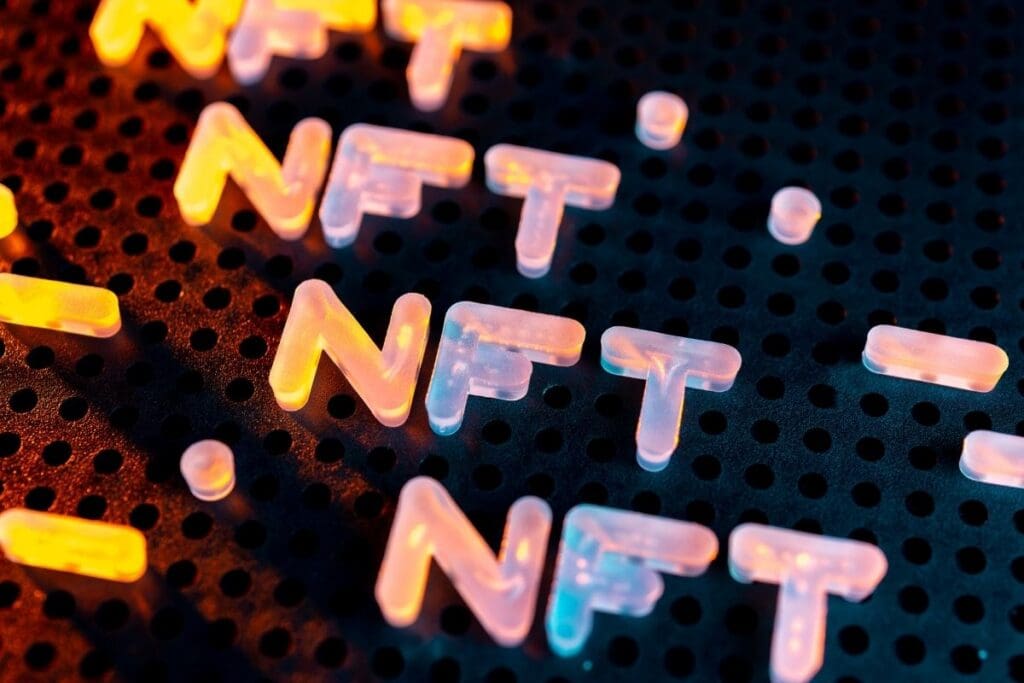
Generative Art is a creative process that involves using computer programs or algorithms to generate artwork. Artists set specific rules or parameters for the computer to follow, which then generates unique and often unpredictable pieces of art.
This approach combines human creativity with machine-driven randomness, resulting in a wide range of visually intriguing and often interactive artworks. Generative art can encompass various media, including visual art, music, and even literature.
GM
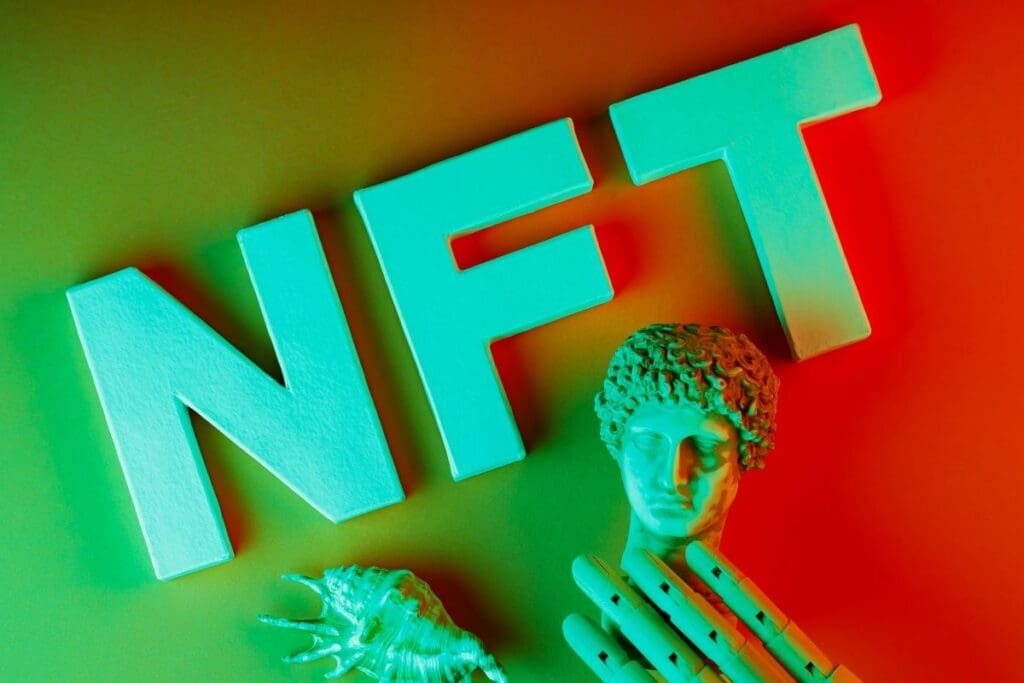
“NFT communities consist of individuals who engage with each other regularly and frequently utilize social media platforms like Discord for this purpose. Conversely, ‘GM’ is an abbreviation representing the phrase ‘Good Morning,’ which is the equivalent of our ‘günaydın’ in English. Community members use ‘GM’ as a morning greeting to one another.”
GMI. WAGMI
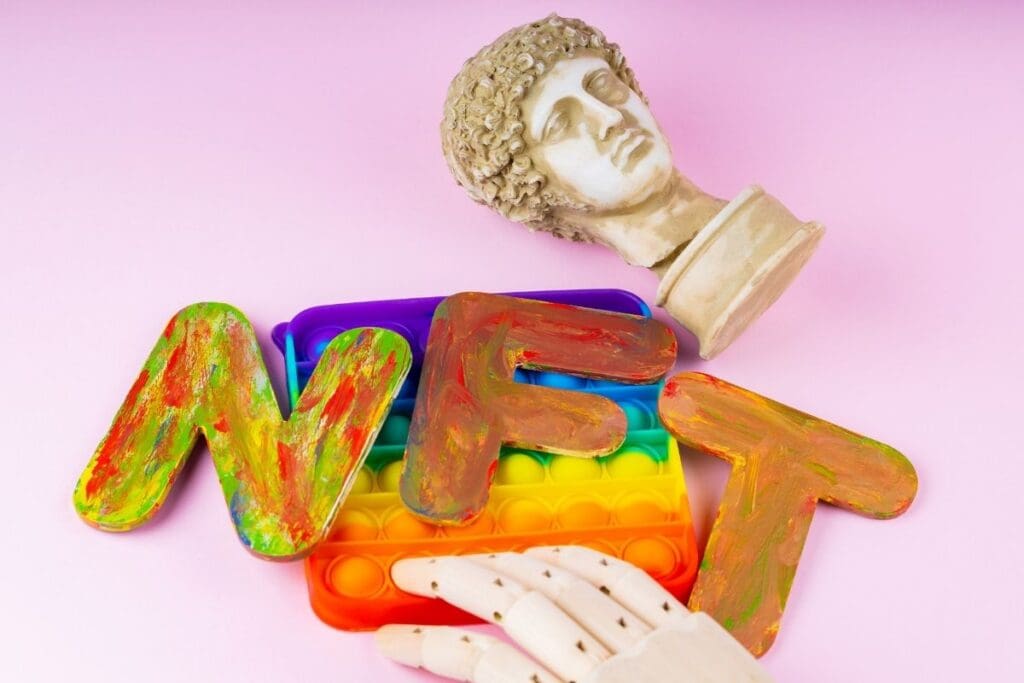
The idiom that stands for “We are all gonna make it”. Its Turkish equivalent is “We will all succeed”. It is used to indicate that NFT investors will receive the return of their investments and make a profit in the future.
GN
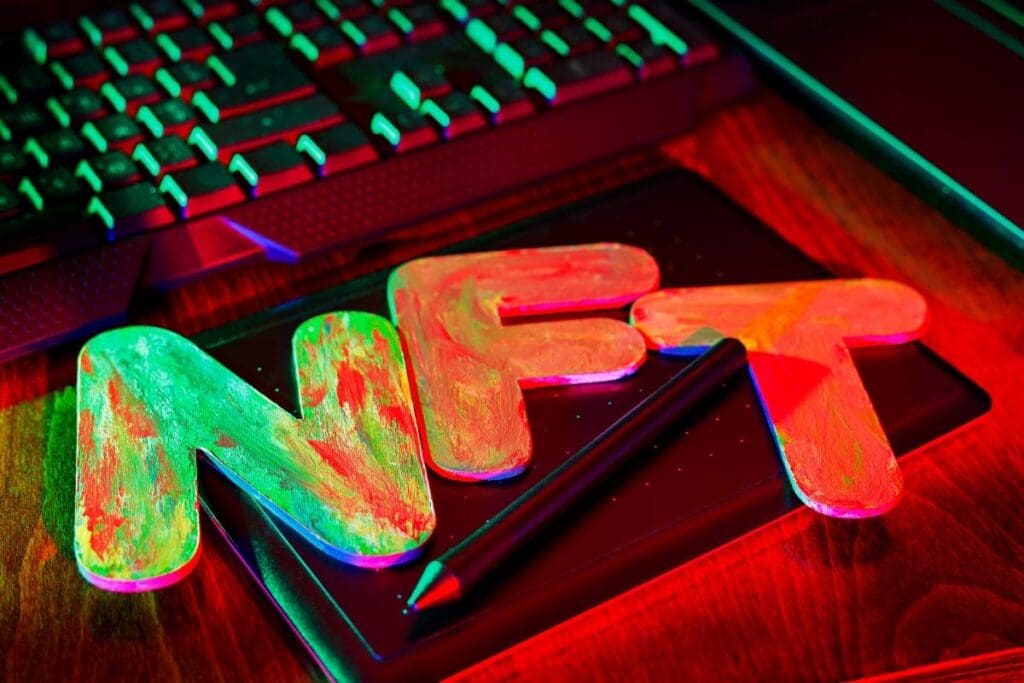
The term “NFT GN” is not commonly used in English to represent a specific concept. “NFT” typically stands for “Non-Fungible Token,” representing a type of crypto asset that signifies the uniqueness of digital items.
“GN” commonly stands for “Good Night” and is used as a farewell or sign-off in daily routines or social media posts.
If “NFT GN” is being used in a specific context or project, more information about the context would be needed to provide a meaningful translation. Additionally, crypto projects and NFT standards can evolve over time, so it’s essential to check relevant sources for up-to-date information.
GWEI
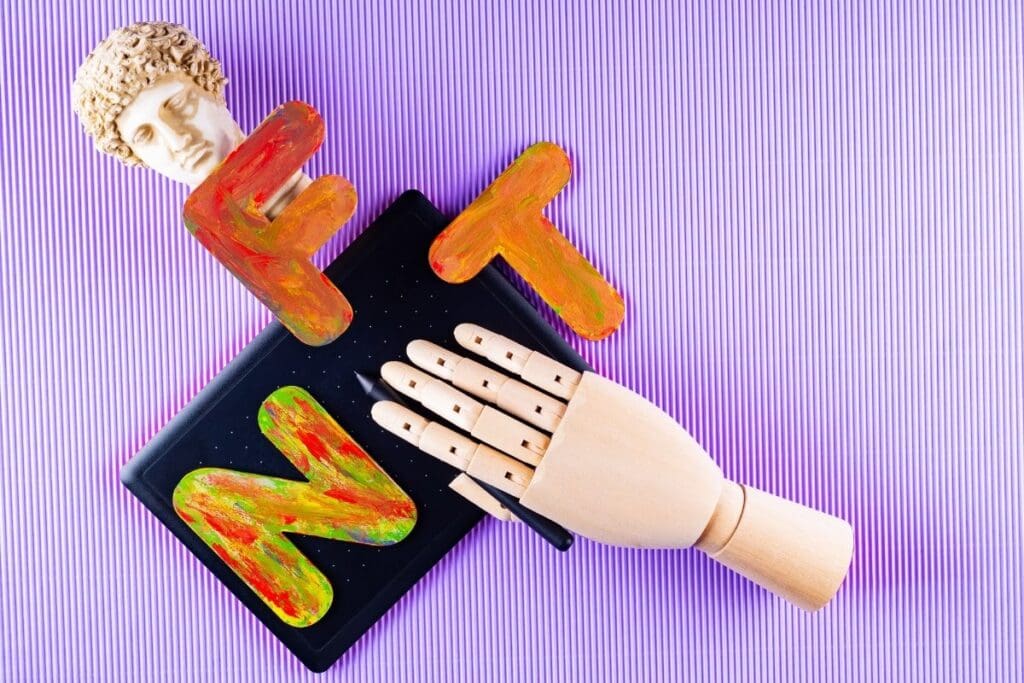
GWEI is an abbreviation for “Giga-Wei,” and it’s a unit of Ethereum cryptocurrency used to measure the cost or fee associated with executing transactions on the Ethereum blockchain. Wei is the smallest denomination of Ether, and Giga-Wei represents a billion Wei.
Users pay GWEI as a transaction fee to miners on the network to process their transactions. The higher the GWEI, the faster a transaction is likely to be processed because miners prioritize transactions with higher fees.
HEN

The term “NFT HEN” does not appear to be a widely recognized or standard cryptocurrency term. “NFT” generally stands for “Non-Fungible Token,” representing a type of crypto asset that signifies the uniqueness of digital items.
If “NFT HEN” is being used in a specific project or context, it may carry a specific meaning within that context. Providing more information or context would be necessary to offer a more precise explanation.
IMX
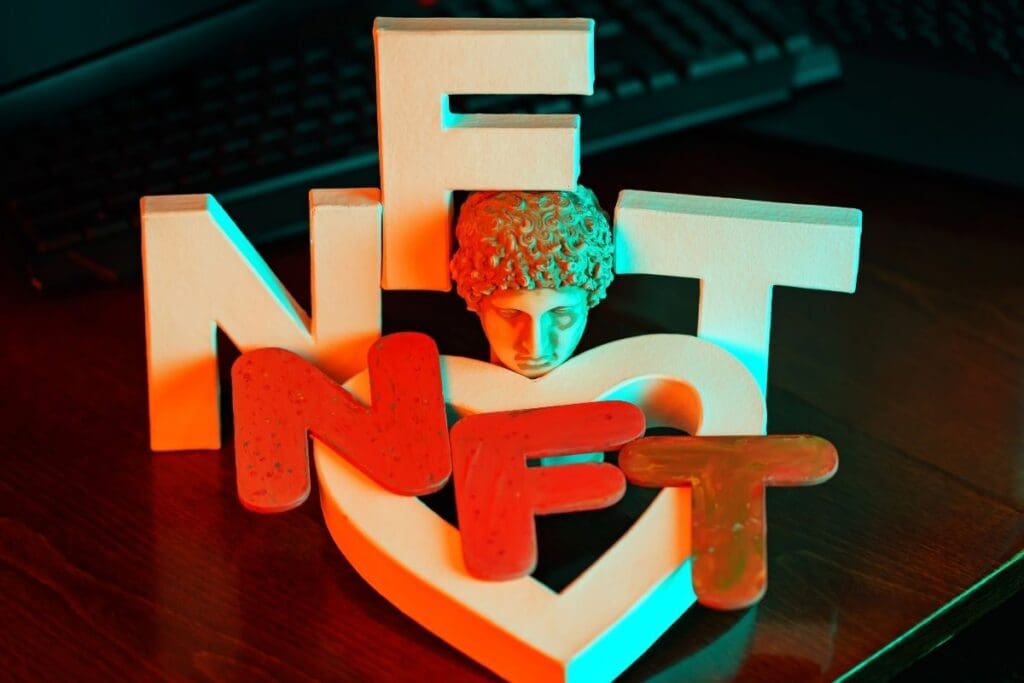
Immutable X (IMX) is the first layer two solution for NFTs on the Ethereum blockchain. It enables NFT trading with very little gas fee. The sometimes high fees of ETH-based NFT platforms played a role in their popularity.
IPFS
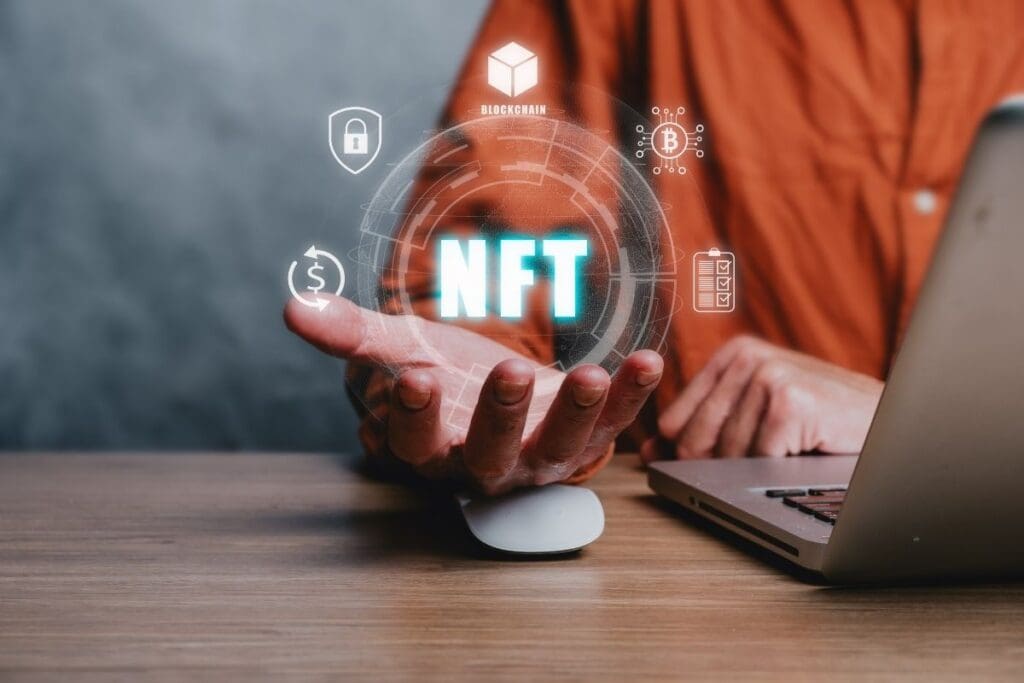
It stands for “Interplanetary File System”. It is a protocol and P2P network for storing and sharing data in a file system. NFT images are usually stored in IFPS services such as Pinata.
IRL

It stands for “In Real Life”. In other words, it represents the real world, which is the opposite of the virtual world we live in.
It’s money laundering
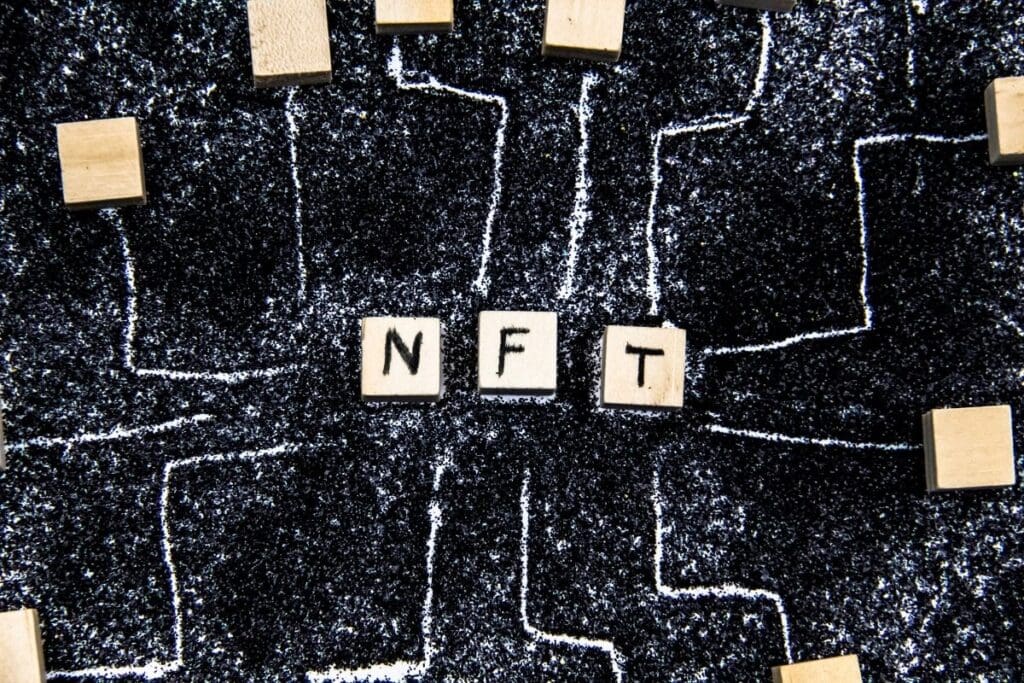
The term used in the world of crypto money and NFT, which means “money laundering” in Turkish. Where this term is used, users may also encounter the term AML (anti-money laundering). AML is a set of procedures created to prevent black money.
IYKYK
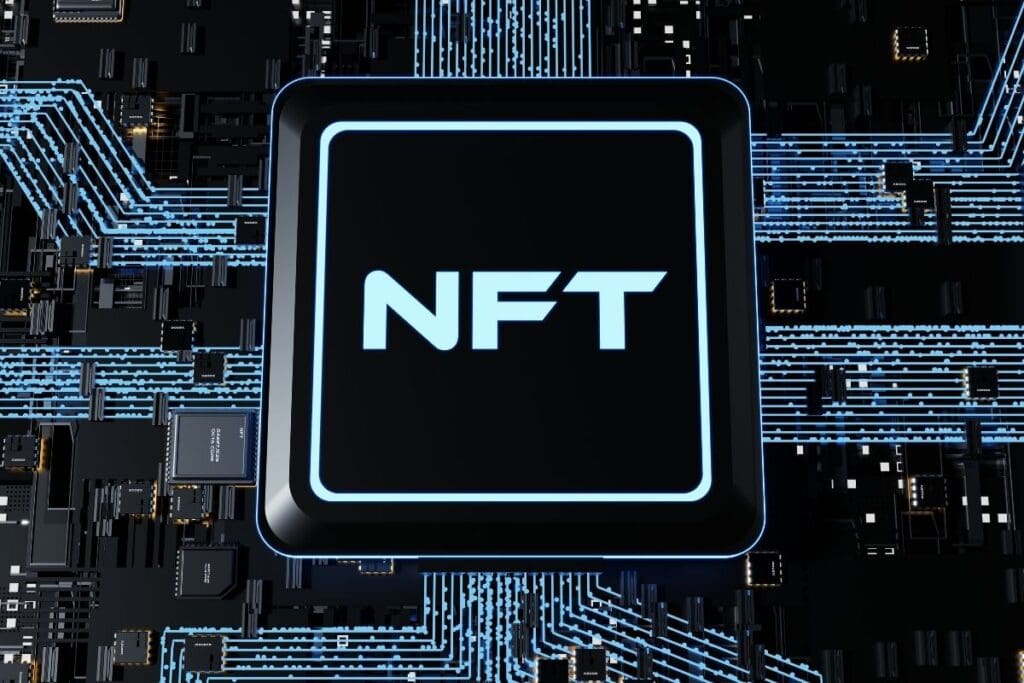
It stands for “If You Know, You Know”. It can be translated into Turkish as “If you know, you know”. This acronym indicates that a post or message will only make sense to a certain group of people. It is especially used in sharing on social media platforms.
JPGs
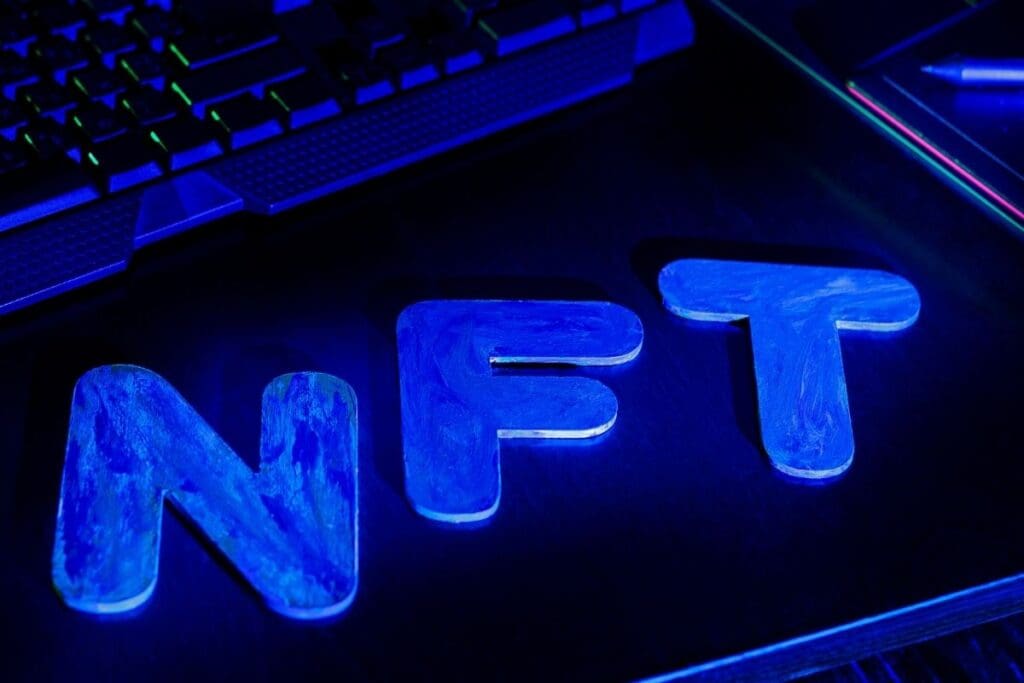
JPG stands for “Joint Photographic Eperts Group” is a file format. In the NFT world, it is used to describe all files such as images, videos and GIFs that can be turned into NFT.
ARM

It stands for “Key Opinion Leader”. It is used to express an expert person or group in any field.
LFG
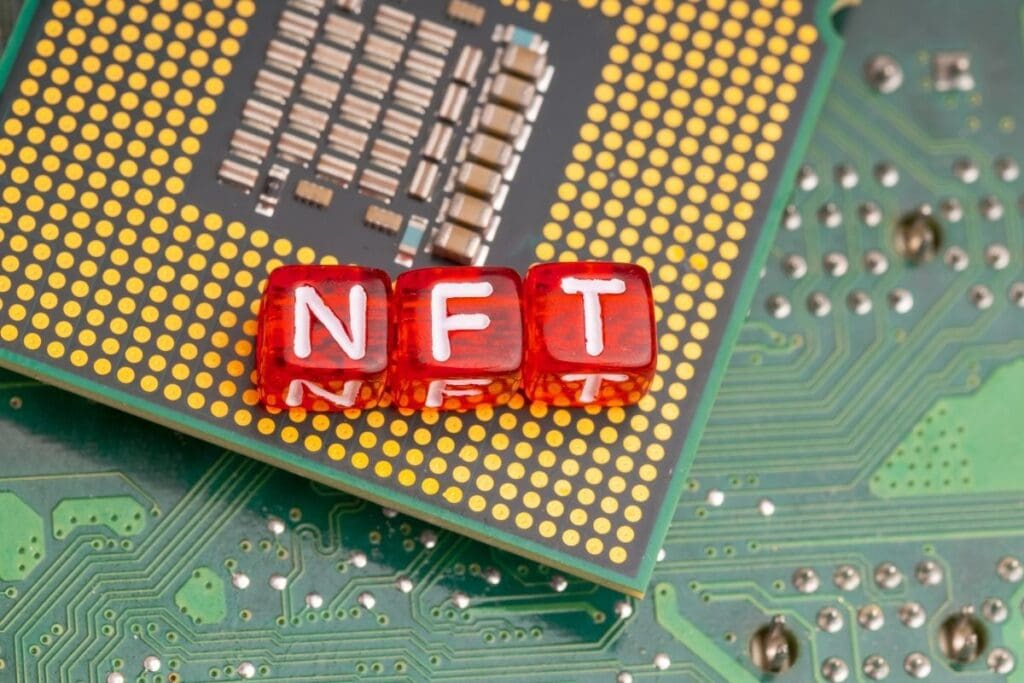
It has two different uses. The first expansion of LFG is “Let’s f***ing go”. “Let’s go!” by these communities. or “Let’s do it!” used meaning. The second expansion is “Looking for group”. It is used to mean “I am looking for a group” by people who are looking for a group for a game, activity or project.
liquidity
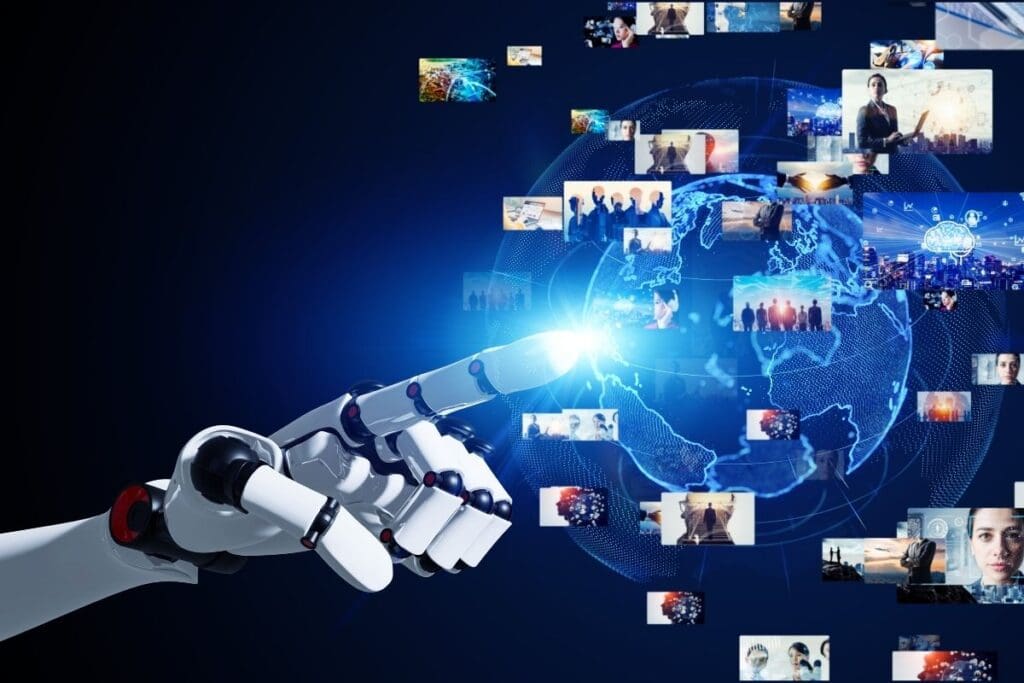
It is defined as a measure and concept used to evaluate the ability of an asset to be sold quickly at a good price without being affected by market conditions.
LL — LarvaLabs. The company behind CryptoPunks
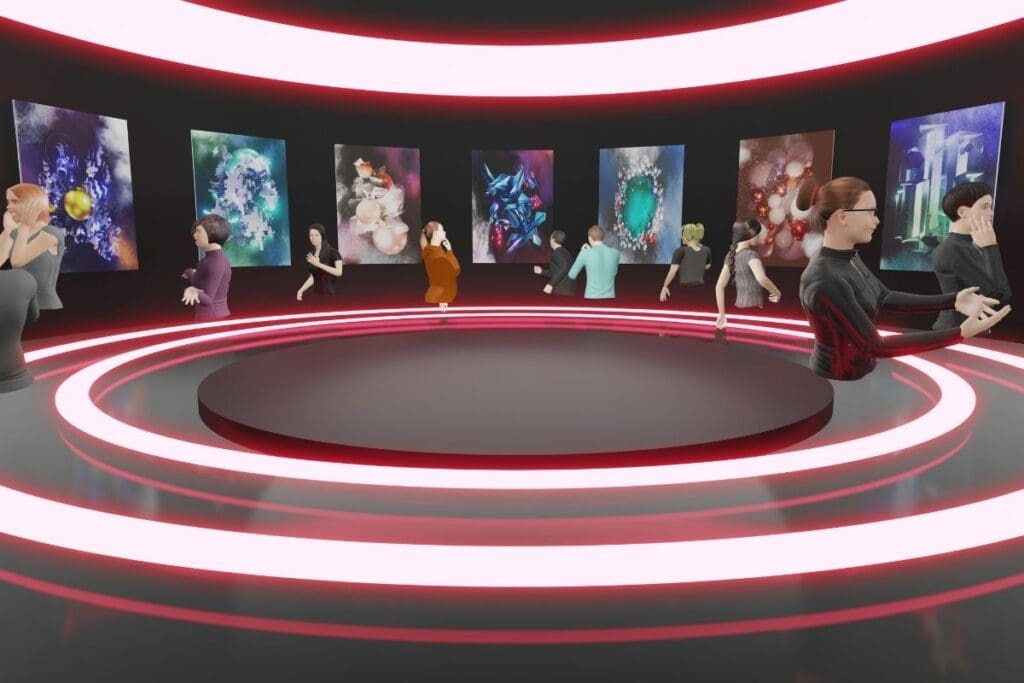
LarvaLabs is a New York-based mobile software company. It makes various applications for iOS and Android devices. However, the reason for his recognition in the NFT world is because he is the creator of the famous CryptoPunks collection.
Rare

An idiom used to indicate the “rarity” of an NFT collection. Rarity is one of the issues that determines the value of NFT.
McDonalds

Refers to a funny joke used among NFT investors. Investors jokingly say, “If I fail, I’ll work at McDonald’s, good luck” when they do not get a return on their investments.
meatspace

IRL (In real life) is another word that represents real life. It is used to describe the physical world.
mint
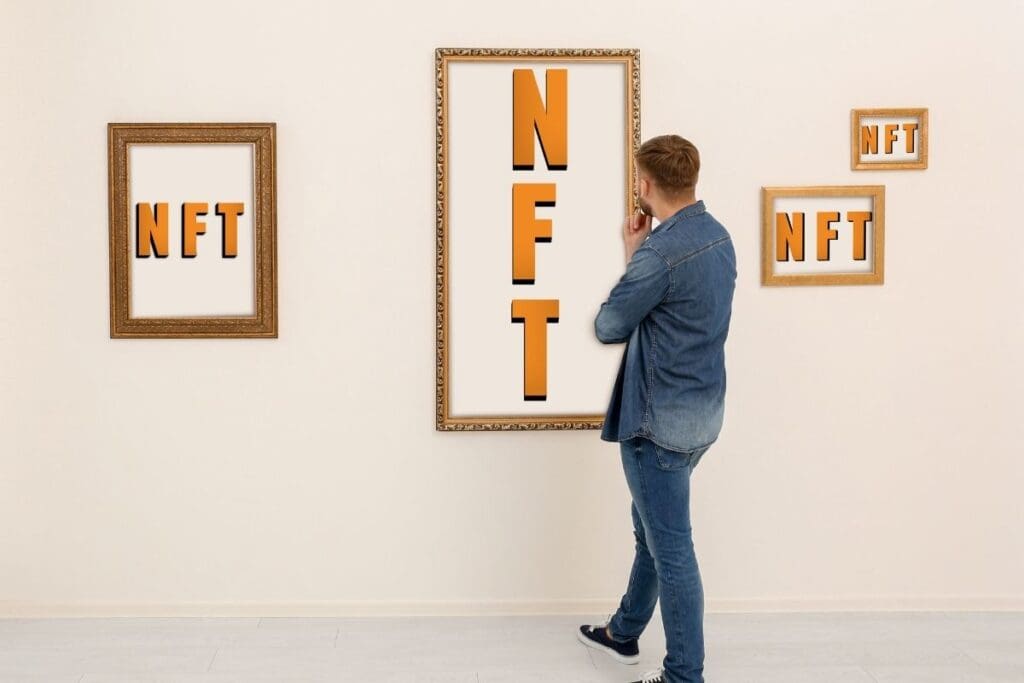
The word we can translate into Turkish as “press”. Used when describing the creation of a new NFT.
Minting / Minting
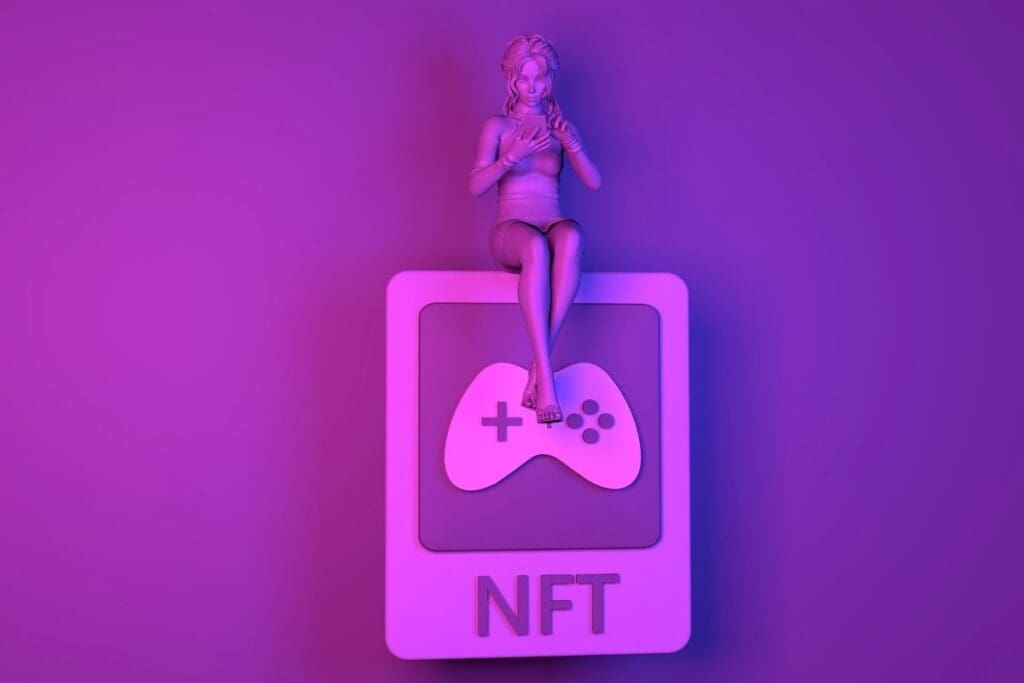
It expresses a process. An image, video, sound recording or any GIF are formats that users can easily convert to NFT with NFT platforms. The conversion of these to NFT, that is, minting (printing), is explained by this process called “minting”.
MM

It is an acronym for MetaMask, one of the most used cryptocurrency wallets. Anyone who wants to create, buy or sell NFT needs a cryptocurrency wallet. MetaMask is the most popular among these wallets.
moon

It is often used when a token is rising fast, forcing or exceeding its historical peak.
moonboy

It is used for people who are sickly attached to a project and do not care about the opinions of others about the project in question.
mooning

An idiom used to indicate that a coin or token is experiencing a rapid rise.
NFA

The phrase that stands for “Not Financial Advise”. Its abbreviation is NFA. It is synonymous with “Not Investment Advice”, that is, “YTD” used in Turkish.
NFT collection and skeleton

Represents each NFT part of a skeleton or character based on a collection, created with different customizations.
NGMI

The idiom that stands for “Not Gonna Make It”. It is used to mean “This project will not be successful” or “I will not invest in this project”. It is the opposite of GMI.
noob/pleb

It’s a “slang” term for novices.
Off-chain metadata

It refers to metadata stored outside the blockchain.
MV

The phrase stands for “Original Gangster”. It is essentially a slang phrase used only to mean “original”. It can be used for the first members of a community or group.
OS

It stands for OpenSea, which is considered the most famous NFT marketplace.
Paper Hands

It is used to express the investors who panic quickly in the declines and sell their goods quickly. It is the opposite of Diamond Hands.
PFP

It is an acronym for profile picture. On social media platforms such as Twitter, users can use their NFTs as profile photos. These profile photos are called PFP.
pre-sale

It means pre-sale. Some projects can be pre-sold to users who meet certain conditions.
Probably Nothing
Although its translation into Turkish is “Probably nothing”, it is used in the NFT world to mean “Probably something important”.
raids
Twitter etc. represents social media campaigns made on platforms.
Reveal
Some NFTs may not appear until purchased by someone. It is a method called “delayed disclosure”.
Right Click Save As
It is used for people who do not understand and do not believe in NFTs. It is used to refer to comments from these people, “I can’t believe people pay for images to right click and save”.
roadmap
It means roadmap. The projects share their future plans and details about the project with their investors in the roadmap.
Rug / Rug pull
It refers to the team of a crypto or NFT project leaving the project and running away with mutual funds.
Schelling Point
It’s a game theory that some people believe for NFTs, NFTs will become stores of value.
Seems legit
An idiom used to mean “looks legit”. It is short for Seems/Sounds legitimate.
Ser
A word that replaces “Sir”. It is a form of address that shows respect.
shilling
It is the promotion of an NFT project with a social media marketing strategy.
Smart Contract
Self-managed digital contracts, also called digital contracts. It is a kind of code.
Szn
It is an abbreviation of the word “season”.
This is the way
It is defined as one of the ways to praise a positive behavior exhibited.
TTM
The idiom that stands for “To The Moon”. It means “let’s go to the moon”. It is used during the rise of coins or tokens.
Up Only
Means “just up” in Turkish. It is used when wishing that the price of the invested project will increase.
Valhalla
It is a magnificent and large room in Norse mythology. It is referred to as the room where esteemed NFT owners party.
Wen Lambo
“When will we be rich / When will we be able to buy Lamborghini?” the crypto money investors ask, which stands for “When Lamborghini”. It is a phrase used to refer to the word.
wen moon
It means the same as Wen Lambo. “When will we be rich?” expresses the question.
WETH
Wrapped ETH is used to mean “Wrapped ETH”.
whale
The Turkish word for “Whale”. It is used for people who hold multi-million dollar portfolios or hold large amounts of NFTs in an NFT collection.
whitelist
A list of people who want to take part in the pre-sale and trade.
YOLO
The phrase that stands for “You Only Live Once” means “You only live once”. It is used for people who “enjoy the moment” and those who invest without thinking too much.
Follow us on TWITTER (X) and be instantly informed about the latest developments…


